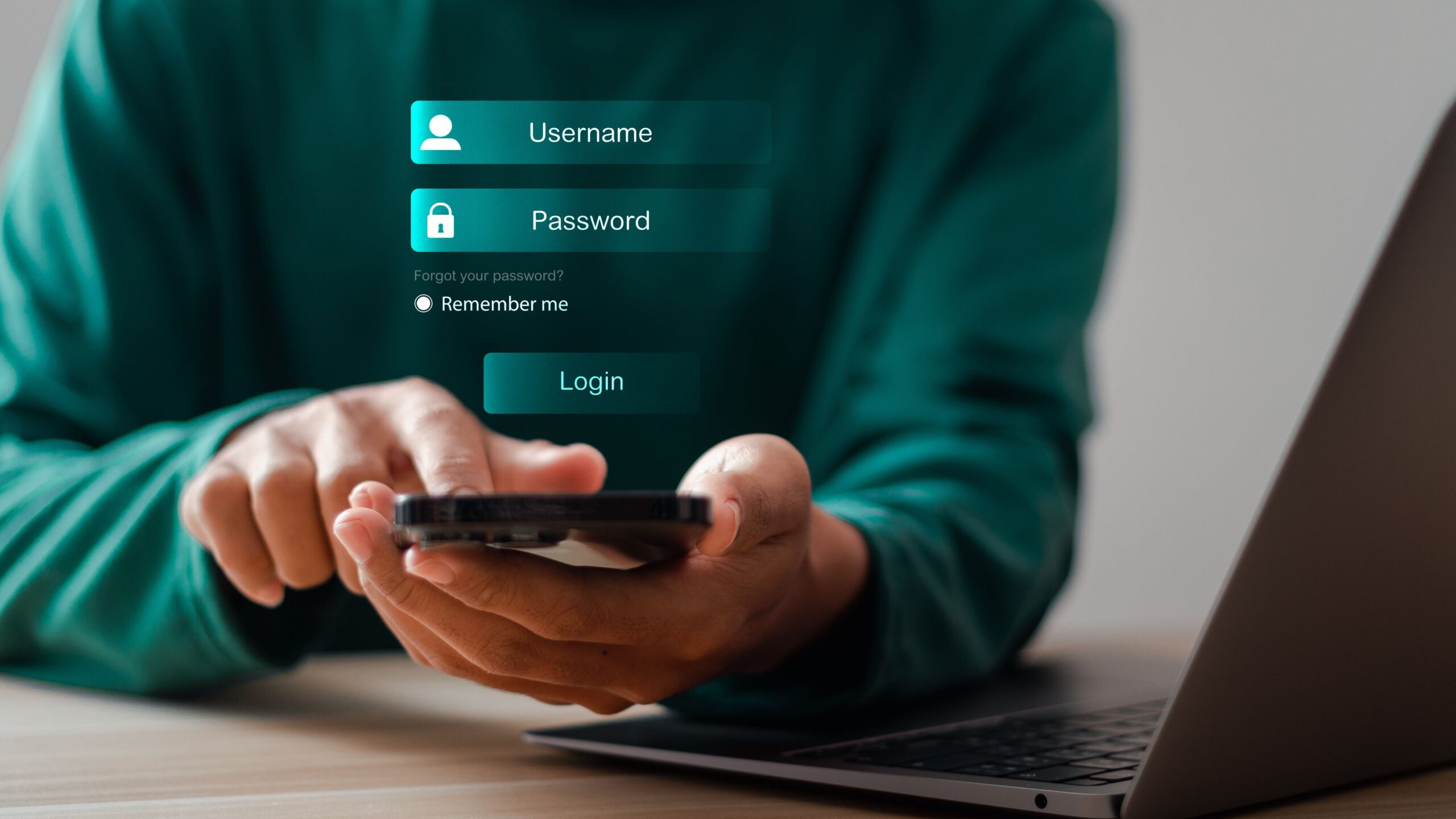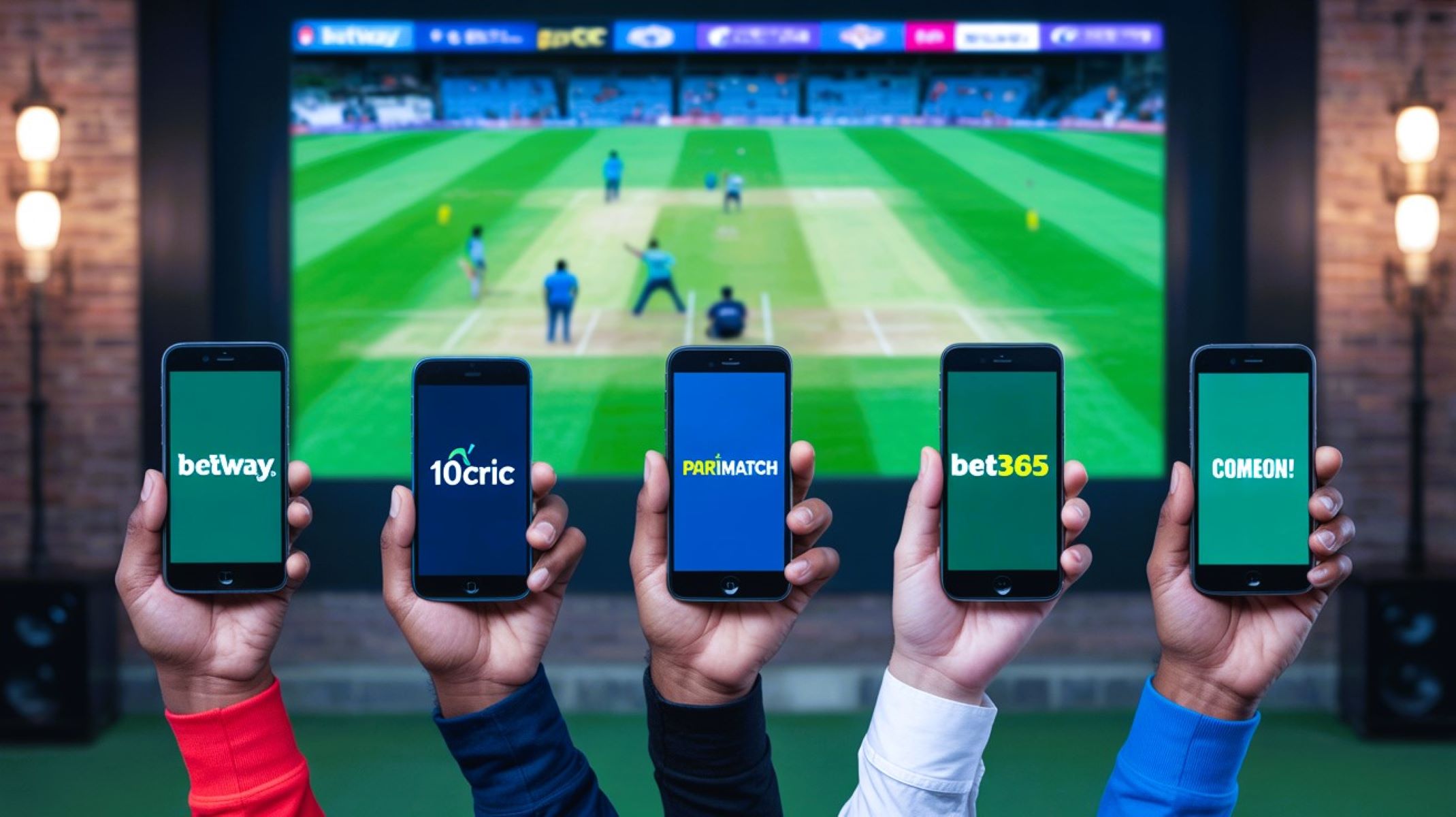In recent years, the online gaming and casino industry in India has seen a massive transformation, and one of the main catalysts for this shift is the growing prominence of mobile-first users. With smartphone penetration skyrocketing, more Indians are turning to their mobile devices for entertainment, including online gambling. The casino sector has quickly recognized this shift, adapting to the changing times by offering mobile-friendly experiences. Let’s dive deep into how casinos in India are evolving to meet the needs of mobile-first users.
The Mobile Revolution in India
India has undergone a dramatic digital transformation over the past decade, and at the heart of this revolution lies the mobile phone. Smartphones have become the primary gateway to the internet for millions of Indians, reshaping how people communicate, shop, and entertain themselves. For the online casino industry, this shift has been monumental. With a user base that increasingly relies on mobile devices rather than desktops or laptops, casinos operating in India have had no choice but to pivot hard toward mobile-first strategies. Every element of the user experience—design, speed, gameplay, and security—now needs to be tailored for a smaller screen and a touch interface.
The numbers paint a compelling picture. India is now the second-largest internet market globally, with more than 600 million active users. What’s even more striking is that over 90% of these users access the web via mobile devices. This means that for online casinos to stay relevant and competitive, they must design their platforms with a mobile-first mindset. It’s not enough to have a desktop version that works well and then shrink it for phones—casinos need to build their interfaces from the ground up with mobile users in mind. This includes intuitive navigation, faster load times, and easy access to games, payment systems, and customer support—all on the go.
Another major factor fueling this mobile explosion is the significant improvement in mobile internet connectivity. The introduction of 4G networks transformed the online gaming experience in India, making it possible to stream games, place bets, and interact with live dealers in real time without annoying lags or interruptions. And with 5G now on the horizon, the online casino experience is set to become even smoother and more immersive. Whether it’s playing a quick hand of Teen Patti or participating in a high-stakes poker tournament, players can now enjoy it all from the palm of their hand.
Accessibility isn’t just about fast connections; it’s also about affordability. Budget-friendly smartphones and low-cost data plans have made mobile internet accessible to users from all income groups. Online casinos have capitalized on this by offering lightweight apps, browser-based instant play, and support for regional languages. All of these adjustments ensure that a wide range of players—from tech-savvy urban youth to rural newcomers—can jump into the action without technical hiccups. As the Indian population becomes more digitally fluent, mobile-first gaming is no longer a luxury—it’s the standard.
How Indian Casinos Are Adapting to Mobile-First Users
- Indian casinos have redesigned their websites to be fully mobile-optimized, ensuring the layout adapts seamlessly to all screen sizes and providing a fluid user experience whether on a smartphone or tablet.
- Responsive web design has become a standard, automatically adjusting game elements, menus, and visuals to fit the screen dimensions without the need for zooming or horizontal scrolling.
- The interface is now touchscreen-friendly, with larger buttons, easy-to-use sliders, and interactive features designed specifically for fingertip navigation rather than mouse clicks.
- Graphics and game elements are compressed and optimized for mobile browsers, which helps speed up loading times even on slower connections.
- Casinos have removed cluttered layouts and simplified navigation, making it easier for mobile users to find their favorite games, access promotions, and manage their accounts with just a few taps.
- Indian casinos are investing in dedicated mobile apps to create an even smoother and more tailored user experience than browser-based platforms.
- These apps are designed with low-resource usage in mind, allowing them to function well even on budget or mid-range smartphones common in India.
- Navigation within apps is extremely fluid, with quick-access menus for games, account settings, deposits, and live dealer tables.
- Through push notifications, mobile apps keep players engaged by sending real-time updates about new bonuses, tournaments, or exclusive deals directly to their devices.
- Many apps include biometric login features such as fingerprint or face ID, offering both speed and security for mobile-first users.
- Some mobile casino apps even offer offline functionality, enabling users to play basic versions of games like slots or poker without requiring a constant internet connection.
- Recognizing India’s preference for mobile-based transactions, casinos have integrated fast and secure payment options like UPI, Paytm, PhonePe, Google Pay, and others directly into their platforms.
- Players can now deposit and withdraw money in just a few steps using these apps, without ever needing to switch between apps or re-enter long banking details.
Types of Casino Games Optimized for Mobile Players
| Game Type | Mobile Features | User Interaction | Performance Optimization | Popularity Among Mobile Users |
| Slots | Touch-to-spin, one-tap bonus activation | Tap, swipe to spin or activate features | Lightweight animations, quick load times | Extremely popular due to simplicity |
| Live Casino Games | Real-time dealer streaming in HD | Live chat with dealers and players | Adaptive video quality for various connections | Highly popular for realism and social feel |
| Table Games | Tap-based card selection and betting chips | One-tap betting, intuitive controls | Slim UI design, portrait mode supported | Widely played for quick strategic gaming |
| Video Poker | Auto-hold, simplified draw/discard actions | Tap to hold/discard, draw with one touch | Minimal animations, fast game refresh | Popular for solo, fast-paced gaming |
| Baccarat & Blackjack | Clear card visuals, fast result reveal | Swipe or tap for hit/stand/bet actions | Optimized for both landscape and portrait modes | High engagement due to low complexity |
Challenges Faced by Casinos in Adapting to Mobile-First Users
One of the most significant challenges Indian casinos face in catering to mobile-first users is the issue of internet connectivity, especially in rural and semi-urban regions. While cities benefit from widespread 4G coverage and the rollout of 5G, many remote areas still suffer from fluctuating signal strength and limited bandwidth. For casinos, this means ensuring that their platforms are accessible and functional even on slower connections. To address this, some have developed low-data versions of their games that use minimal resources without compromising the gaming experience. In addition, certain games now include offline modes that allow players to enjoy limited gameplay without an active internet connection, offering a temporary solution for connectivity gaps.
Security is another major concern when adapting to mobile-first usage. As mobile devices become the dominant method of accessing casino platforms, they also become a primary target for cybercriminals. Indian casinos must implement advanced security protocols to protect users from data breaches and financial fraud. This includes the integration of biometric login features like fingerprint scanning and facial recognition, which provide both convenience and added layers of protection. Moreover, robust SSL encryption technology is used to secure all mobile transactions and personal information, ensuring that user data remains confidential and safe from malicious threats.
Game optimization presents a technical hurdle for developers who aim to deliver a seamless gaming experience across a wide range of mobile devices. Unlike desktops or high-end tablets, many smartphones in India are budget or mid-tier models with limited processing power. This requires developers to balance high-quality visuals and audio with performance efficiency. Games must be light enough to run smoothly without draining battery life or causing the device to overheat. To meet this demand, casinos invest in scalable graphic engines and efficient coding practices that minimize memory usage while maintaining immersive gameplay, even on entry-level phones.
Finally, user experience design is a crucial aspect that can either elevate or hinder a player’s enjoyment on mobile platforms. Unlike desktop users, mobile players interact primarily through touchscreens and smaller displays, which means UI elements must be intuitive, responsive, and accessible. Indian casinos often struggle to redesign traditional interfaces in ways that feel natural on mobile. This includes adjusting button sizes, ensuring readability, and simplifying navigation flows. Failure to do so can result in frustrated users who abandon the platform altogether. Therefore, constant testing, user feedback analysis, and iterative design improvements have become essential for casinos to stay competitive in the mobile-first era.
The Future of Mobile Casinos in India
- Indian mobile casinos are expected to undergo a technological transformation driven by the integration of 5G connectivity, which will significantly reduce latency and improve loading times. This will enable smoother live gaming experiences, faster downloads, and uninterrupted gameplay even during high-demand periods.
- The widespread adoption of augmented reality (AR) is likely to redefine how mobile users interact with games. Players could soon experience casino environments overlaid onto their physical surroundings using their smartphones, blending digital gameplay with the real world to create more immersive sessions.
- Virtual reality (VR) is anticipated to enter the mainstream mobile casino space, where users may be able to don a mobile-compatible VR headset and walk through a digital casino floor. This could enable real-time interactions with other players and dealers, replicating the experience of land-based casinos from the comfort of home.
- Artificial Intelligence (AI) will play a growing role in personalizing gaming experiences. Mobile casinos will use AI to recommend games, tailor promotions, and provide customer support via smart chatbots that understand user behavior and preferences.
- Enhanced cross-platform syncing will ensure players can switch seamlessly between mobile, tablet, and desktop devices without losing progress, gameplay stats, or promotional rewards, making multi-device gaming more accessible and efficient.
- Voice command integration may become a feature in mobile casino apps, allowing users to place bets, search for games, and navigate menus using only their voice, streamlining usability for hands-free interaction.
- Wearable technology, such as smartwatches and fitness bands, might become a new platform for quick mobile gaming. Simple casino games and notifications could be tailored for these compact screens, expanding how and where users play.
- Cloud gaming technology will reduce reliance on hardware performance, allowing Indian mobile players to access high-quality casino games without needing high-end devices. This will make advanced gaming more accessible across the country.
Innovative Features Shaping Mobile Casinos in India
| Feature | Description | Benefits | Technology Involved | Examples |
| 5G Connectivity | The implementation of 5G networks will drastically improve internet speeds, reducing latency and enhancing mobile gaming experiences. | Faster game loading times, smoother gameplay, and minimal interruptions for live dealer games. | 5G networks, low latency technology | Upcoming 5G-ready casino apps |
| Augmented Reality (AR) | AR technology will overlay virtual elements in real-world environments, allowing players to interact with casino games in a more immersive way. | Provides a more interactive and engaging gaming experience by blending physical and virtual spaces. | AR-enabled apps, smartphone cameras | AR-powered slot machines, roulette tables |
| Virtual Reality (VR) | VR will allow users to step into fully immersive casino environments via mobile devices, creating a lifelike casino experience. | Enhanced immersion, allowing players to interact with dealers and other players in real time. | VR headsets, high-performance smartphones | Virtual casinos with immersive VR gameplay |
| Cloud Gaming | Cloud technology will enable players to enjoy high-quality games without requiring powerful devices. | Seamless gaming experience across devices, reducing the need for hardware upgrades. | Cloud servers, real-time data streaming | Cloud-based slots, poker, and live dealers |
| Blockchain and Cryptocurrency Payments | The use of blockchain technology will streamline mobile transactions, offering secure, anonymous, and quick payments using cryptocurrencies. | Enhanced security, faster payments, and more privacy for players, especially with crypto options. | Blockchain, cryptocurrency wallets | Bitcoin, Ethereum-based payment options in mobile casinos |
The Impact of Mobile Casino Personalization on Player Engagement in India
As the mobile casino industry in India grows, the importance of personalization continues to rise. Players are no longer looking for just a basic gaming experience but rather want platforms that cater specifically to their preferences and behaviors. This shift has prompted casinos to use data-driven strategies to personalize the player experience, improving both engagement and retention rates.
One of the most notable developments is the use of AI and machine learning algorithms to analyze player behavior and preferences. These technologies allow casinos to offer personalized game recommendations, tailor bonus offers, and even adjust in-game dynamics based on a player’s previous actions. By learning from each interaction, these systems ensure that the content presented is highly relevant to the individual player, making their experience more enjoyable and immersive.
Another key area where personalization is making an impact is in player rewards and loyalty programs. Traditional loyalty systems are being replaced with more sophisticated models that are tailored to a player’s specific activity patterns. For example, casinos may offer special bonuses for players who frequently engage with certain game types or who play during specific hours. This level of customization encourages players to spend more time on the platform, increasing both customer satisfaction and long-term retention.
Finally, personalized marketing is becoming an essential tool for Indian casinos. Casinos are leveraging targeted advertising and push notifications to reach players with offers that are relevant to their preferences. For instance, if a player frequently plays slots, they may receive notifications about new slot releases or exclusive bonus opportunities. This ensures that players feel valued and understood, creating a stronger connection with the casino and encouraging repeat play. By using data to provide tailored experiences, Indian mobile casinos are successfully enhancing player engagement and ensuring that players return time and time again.




